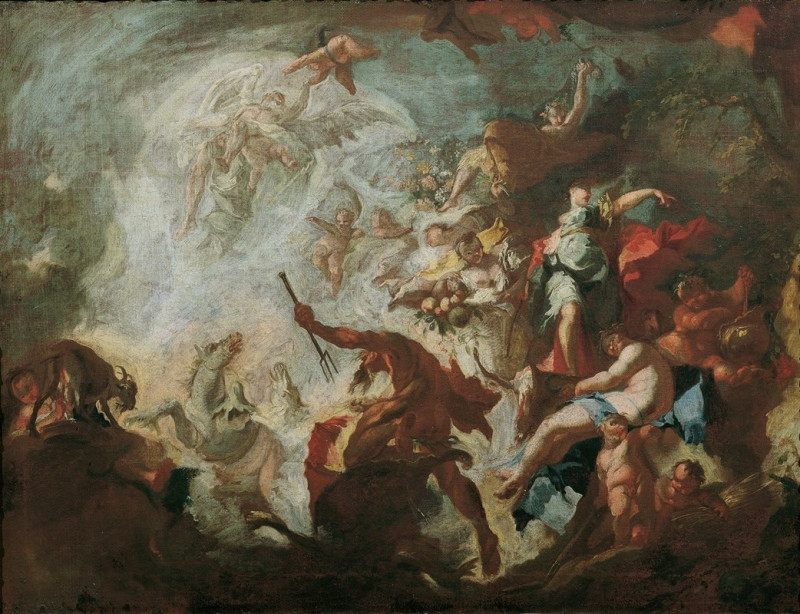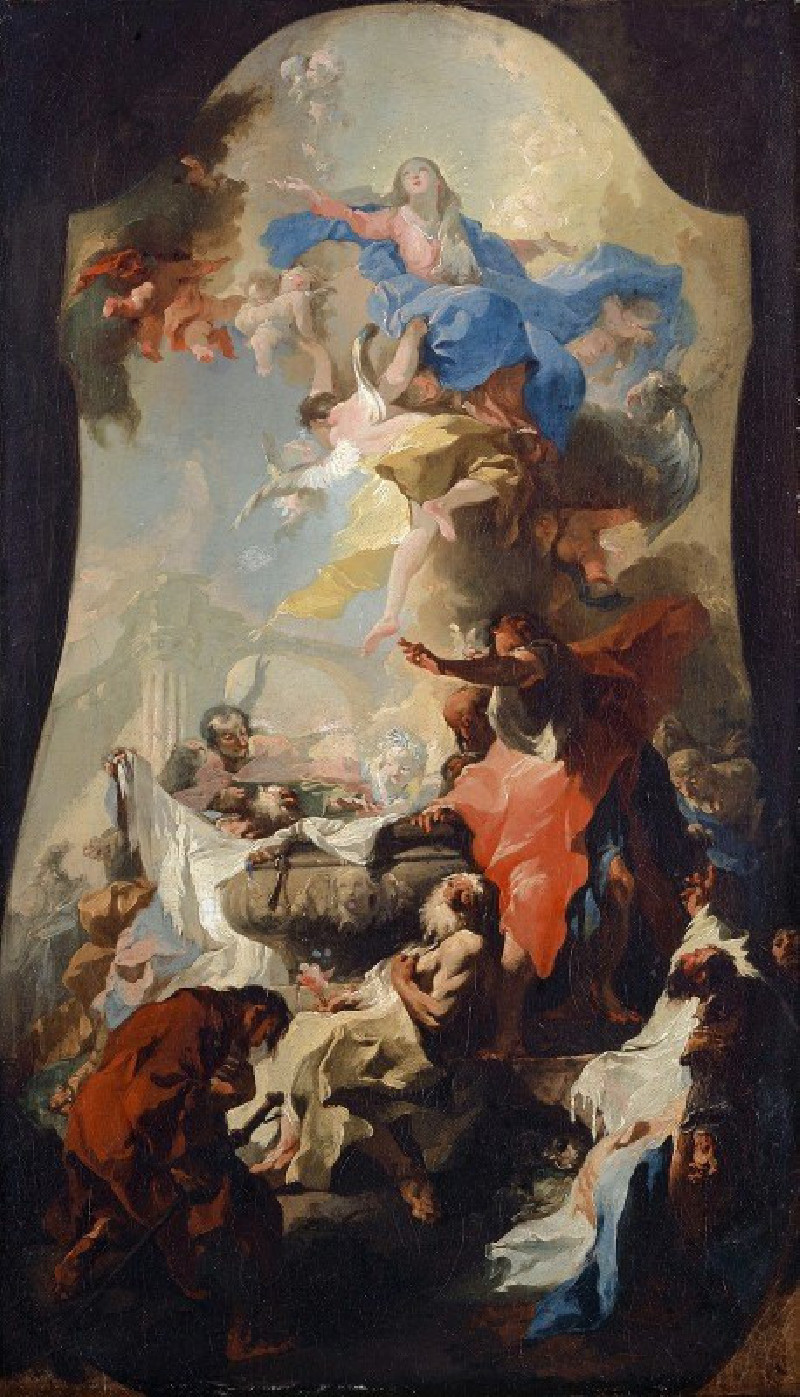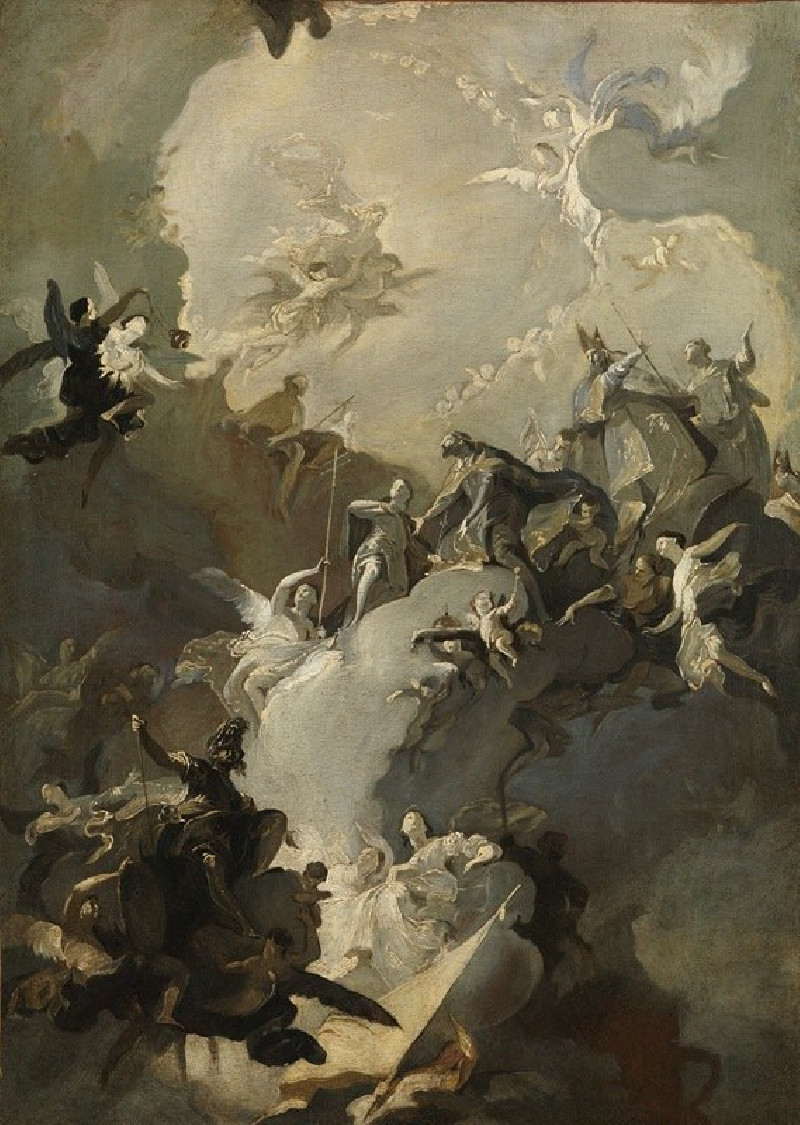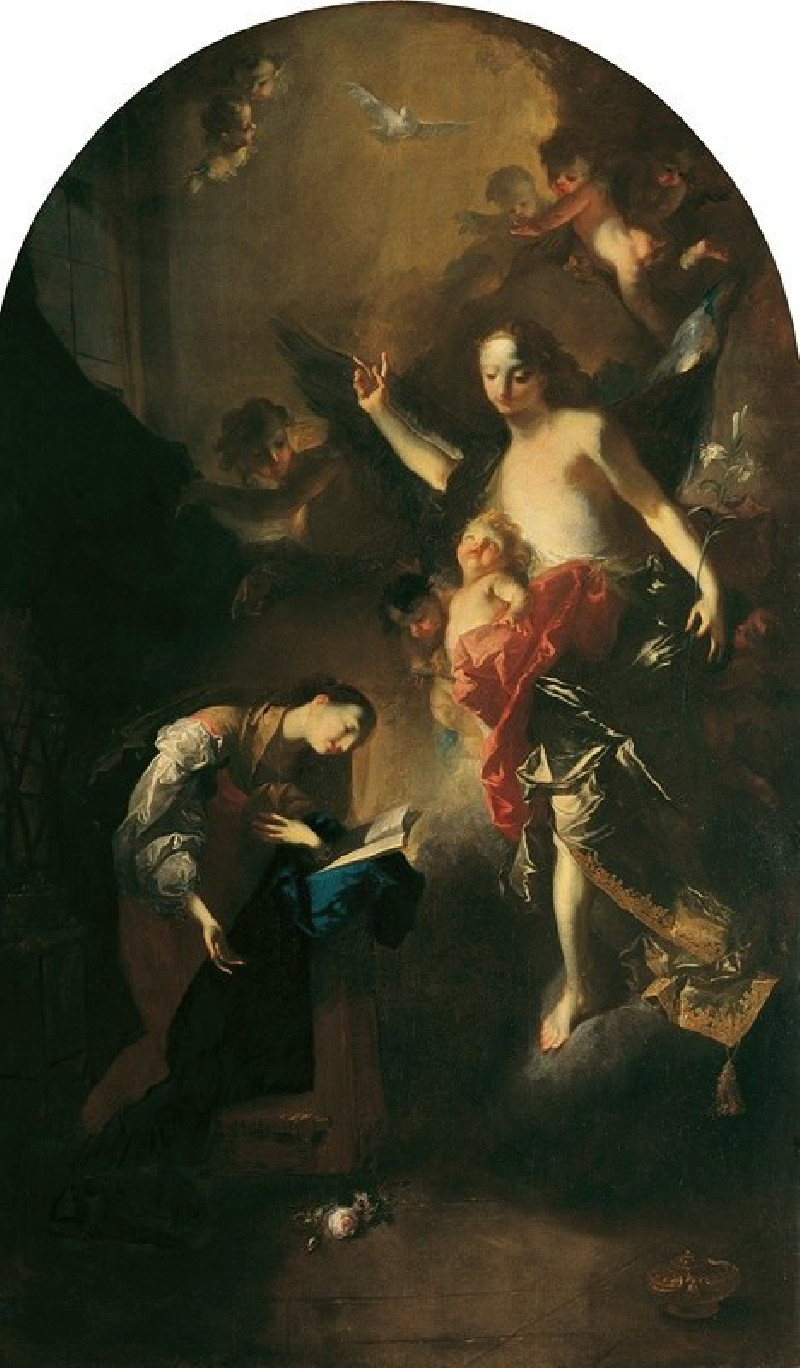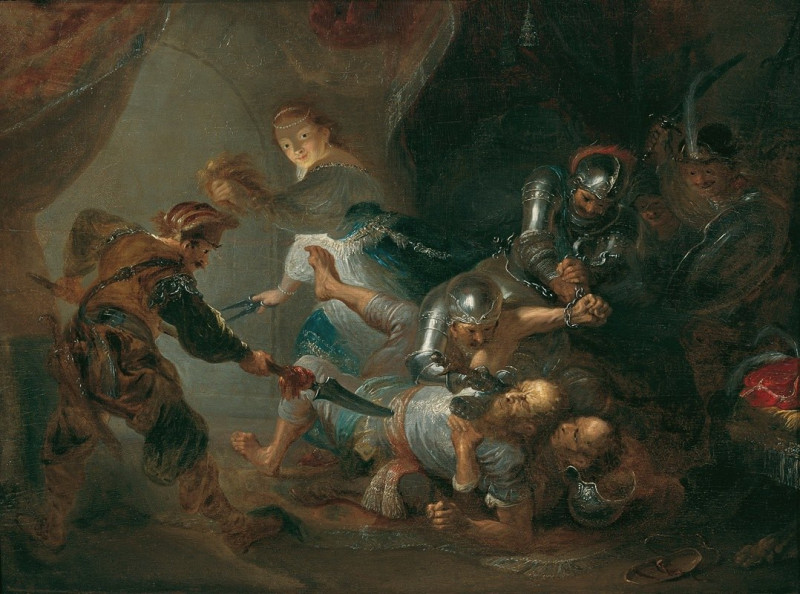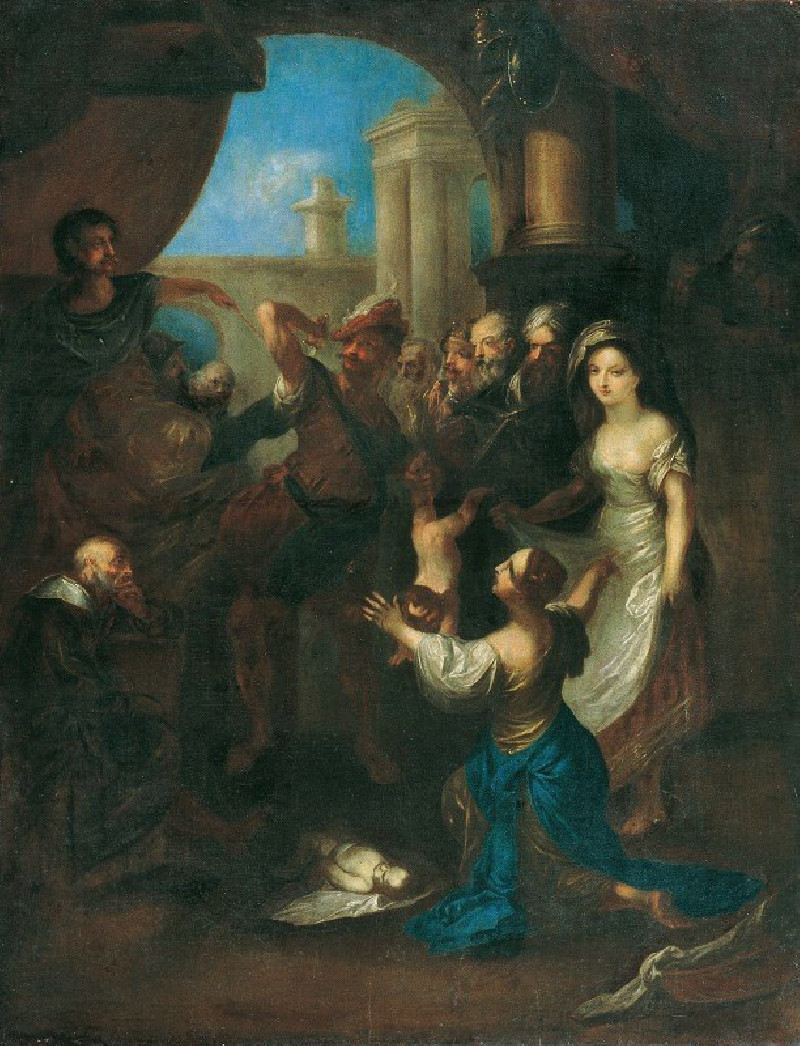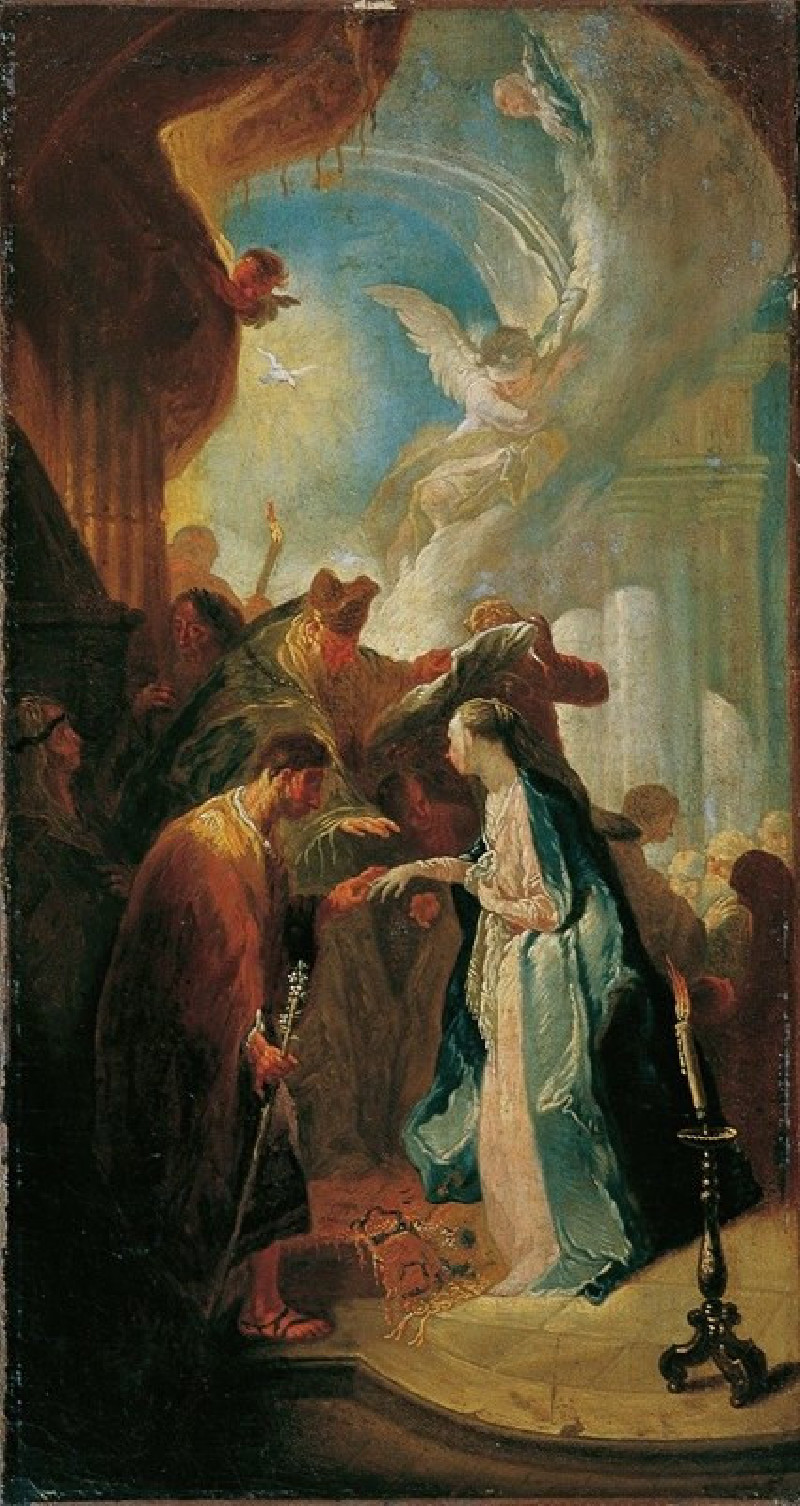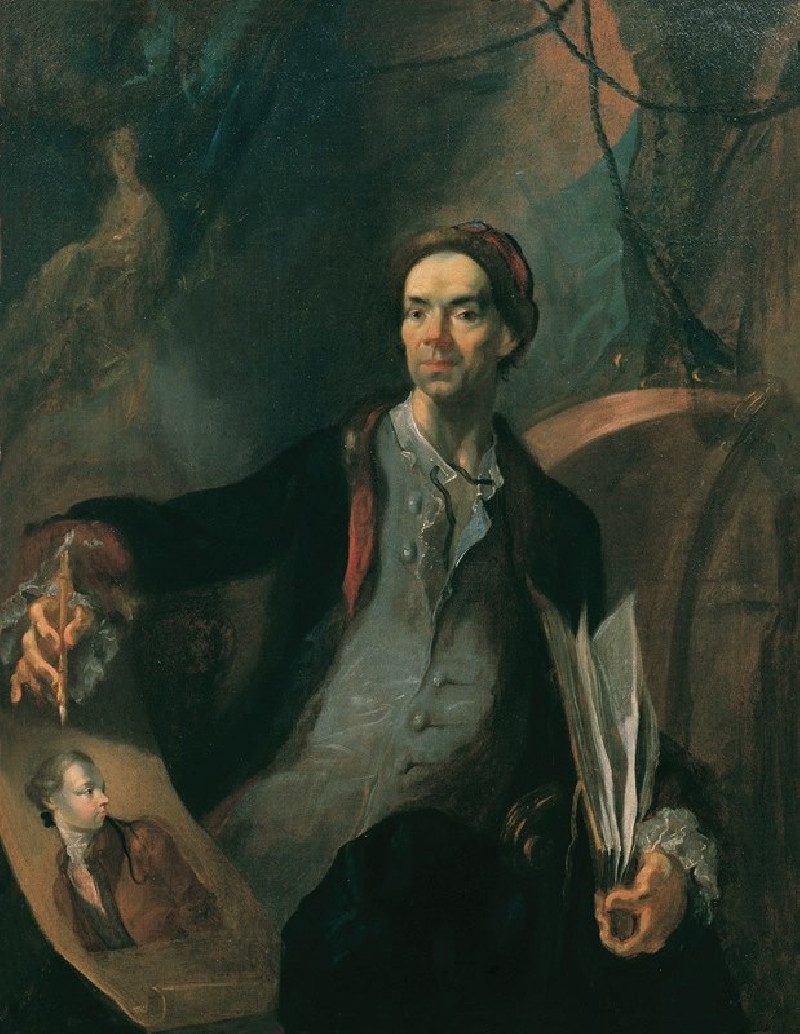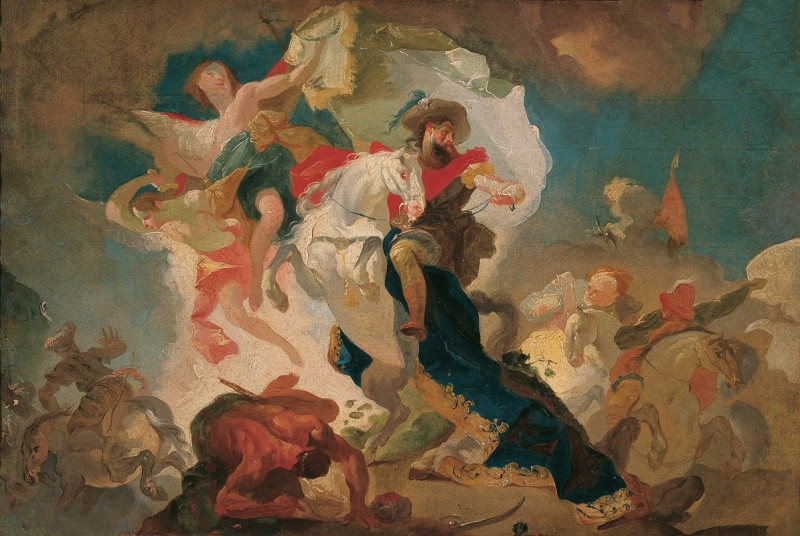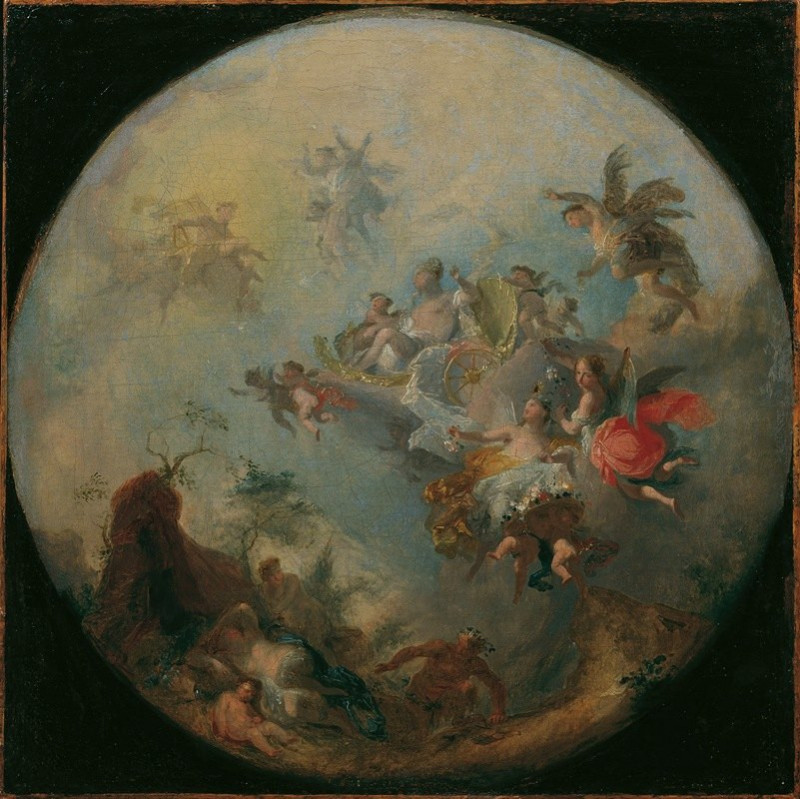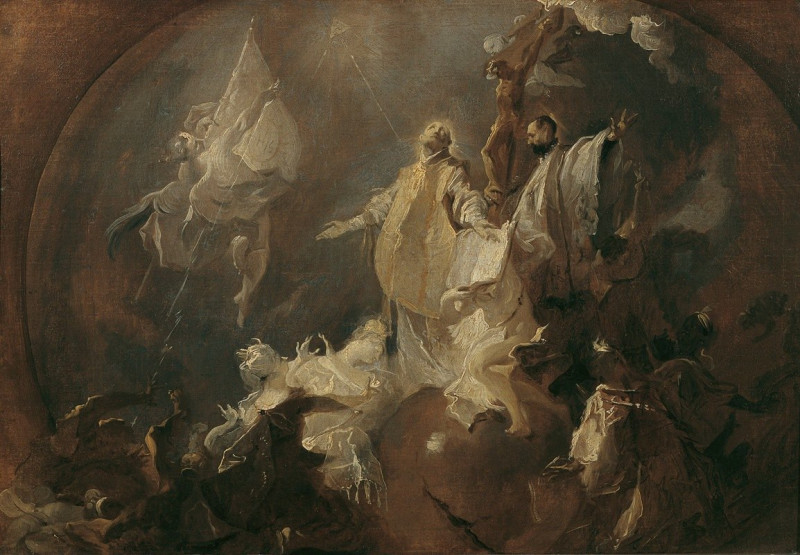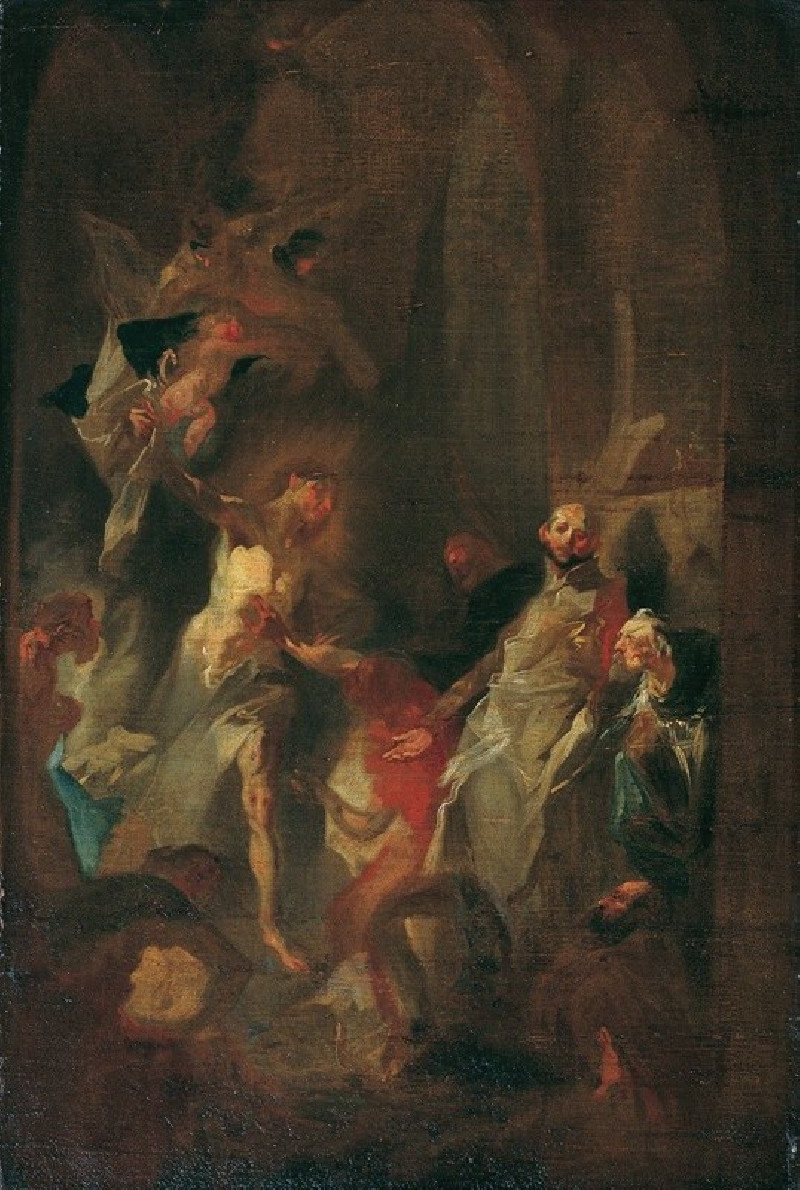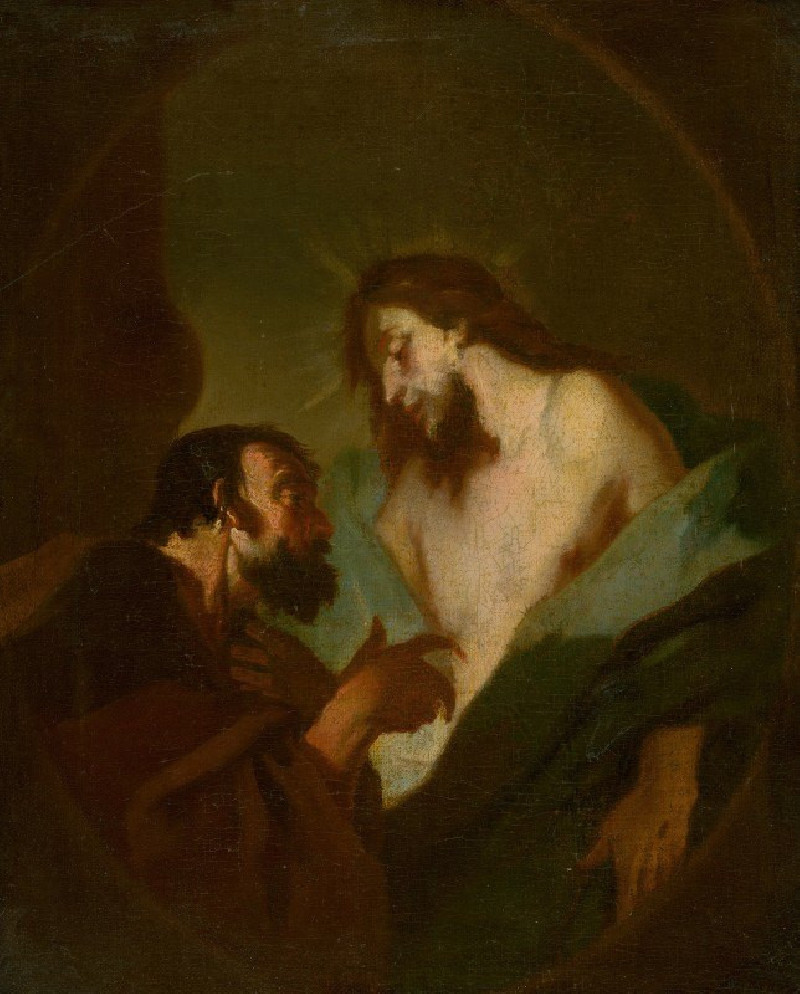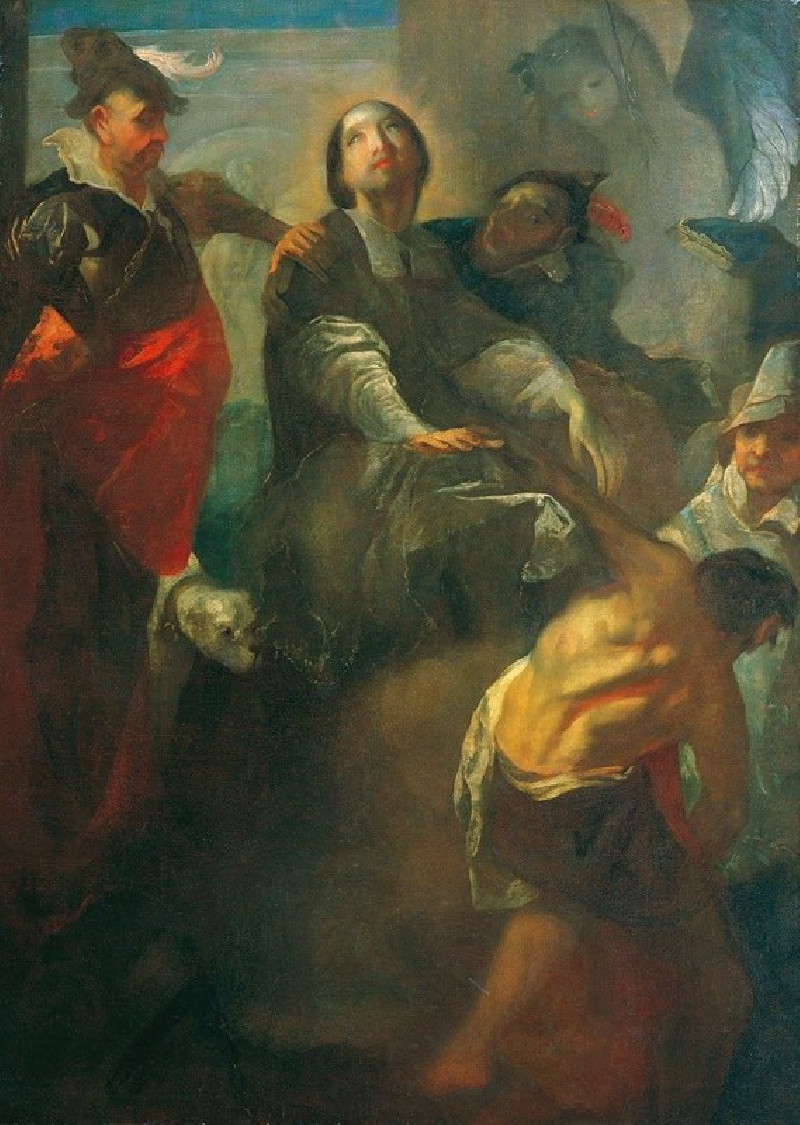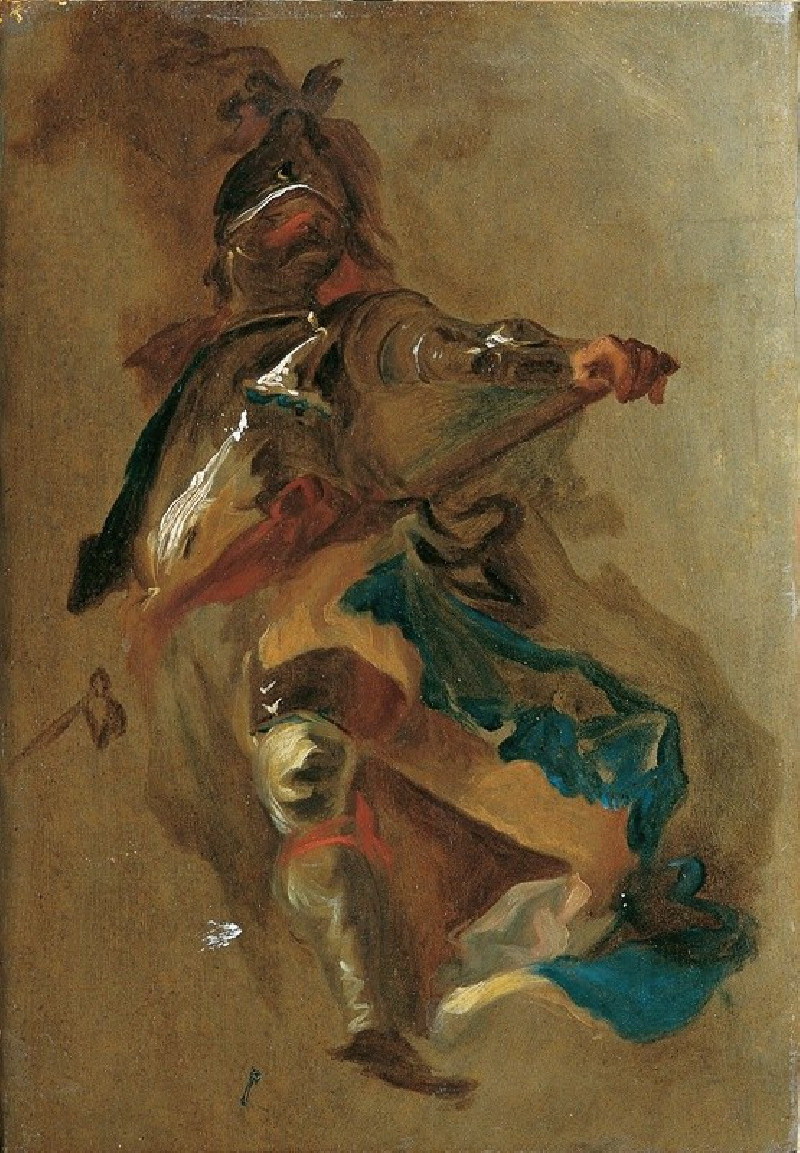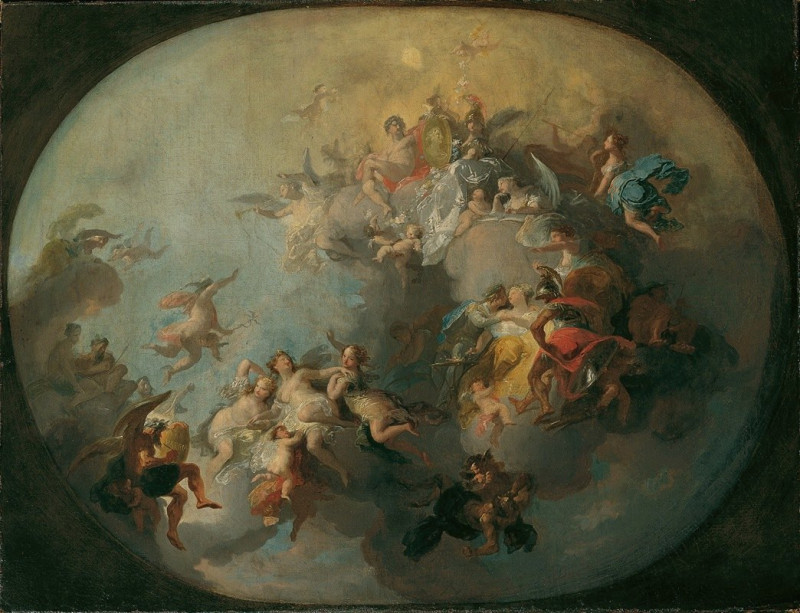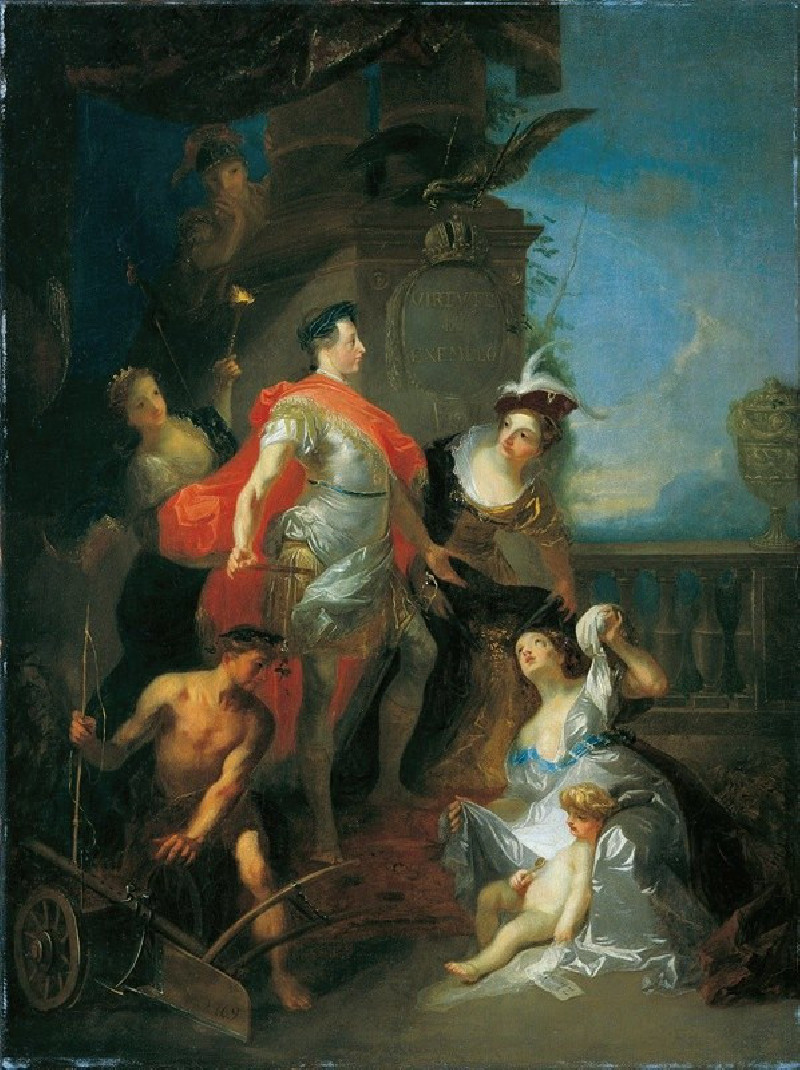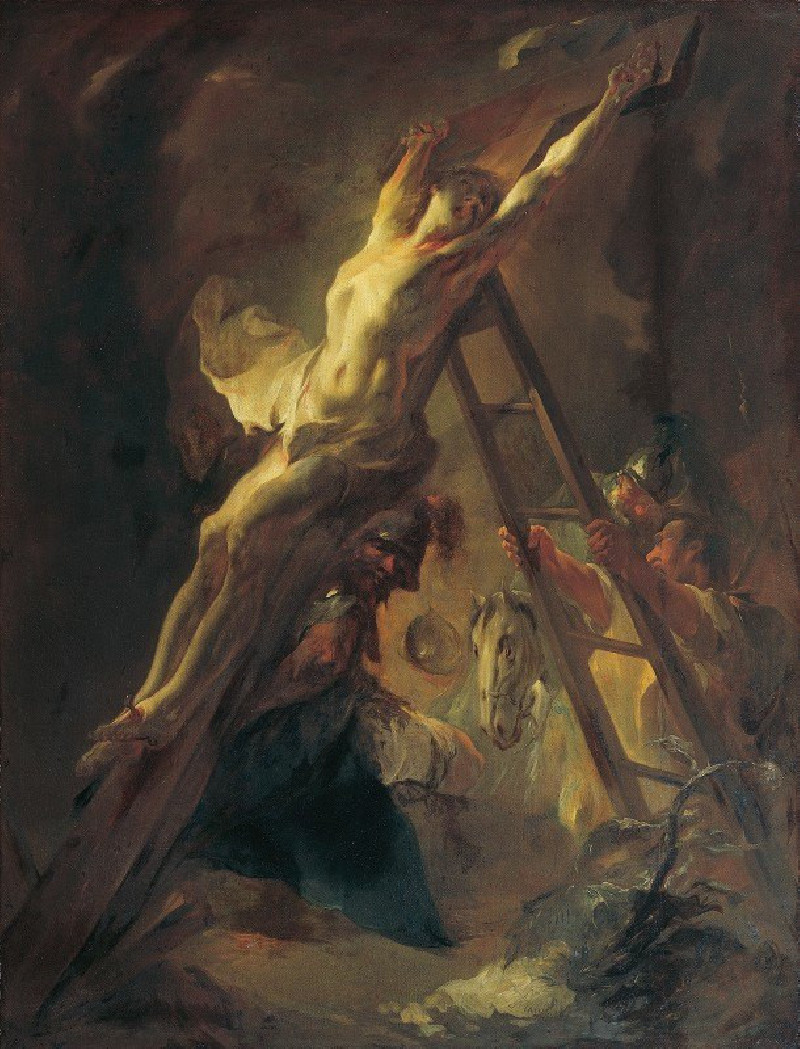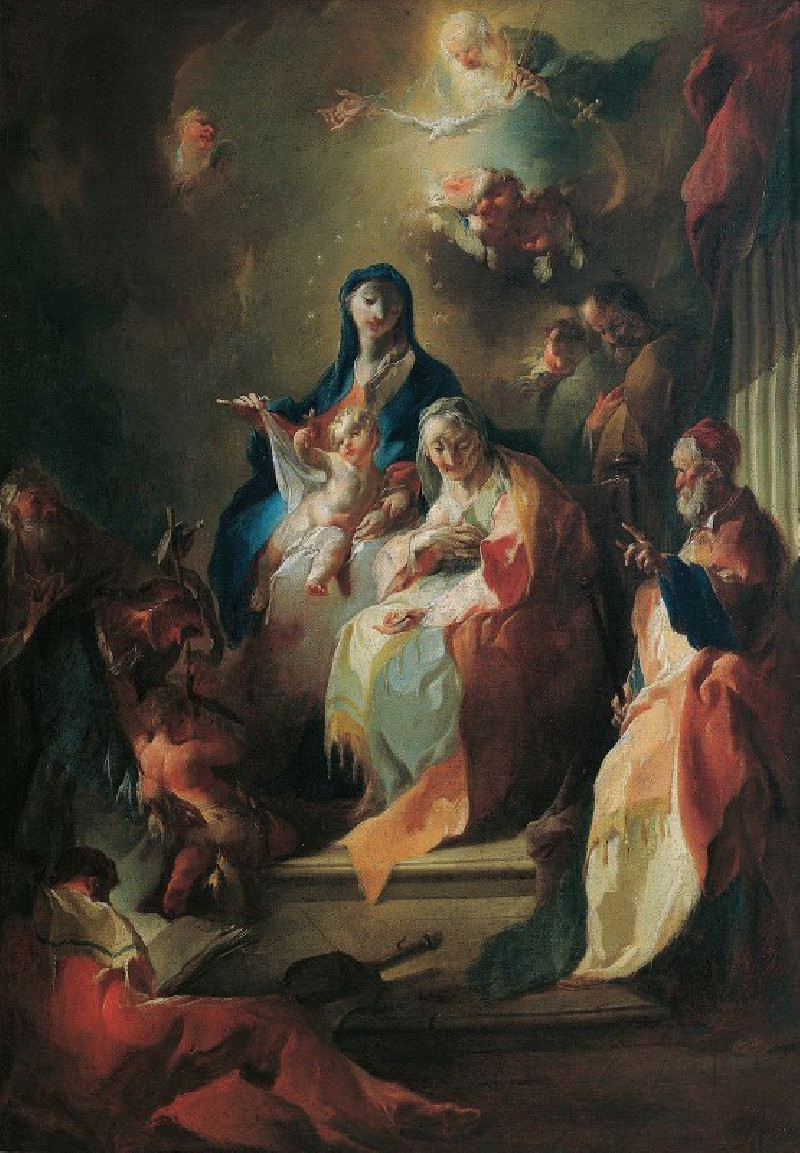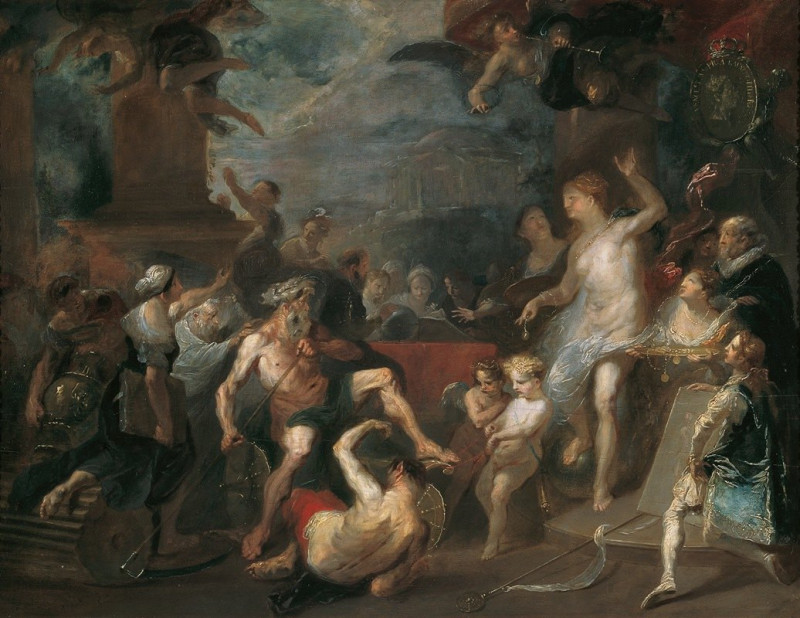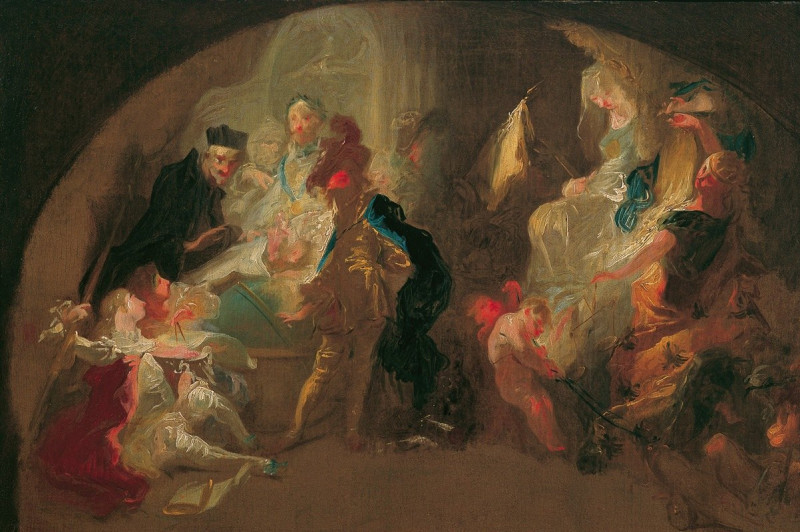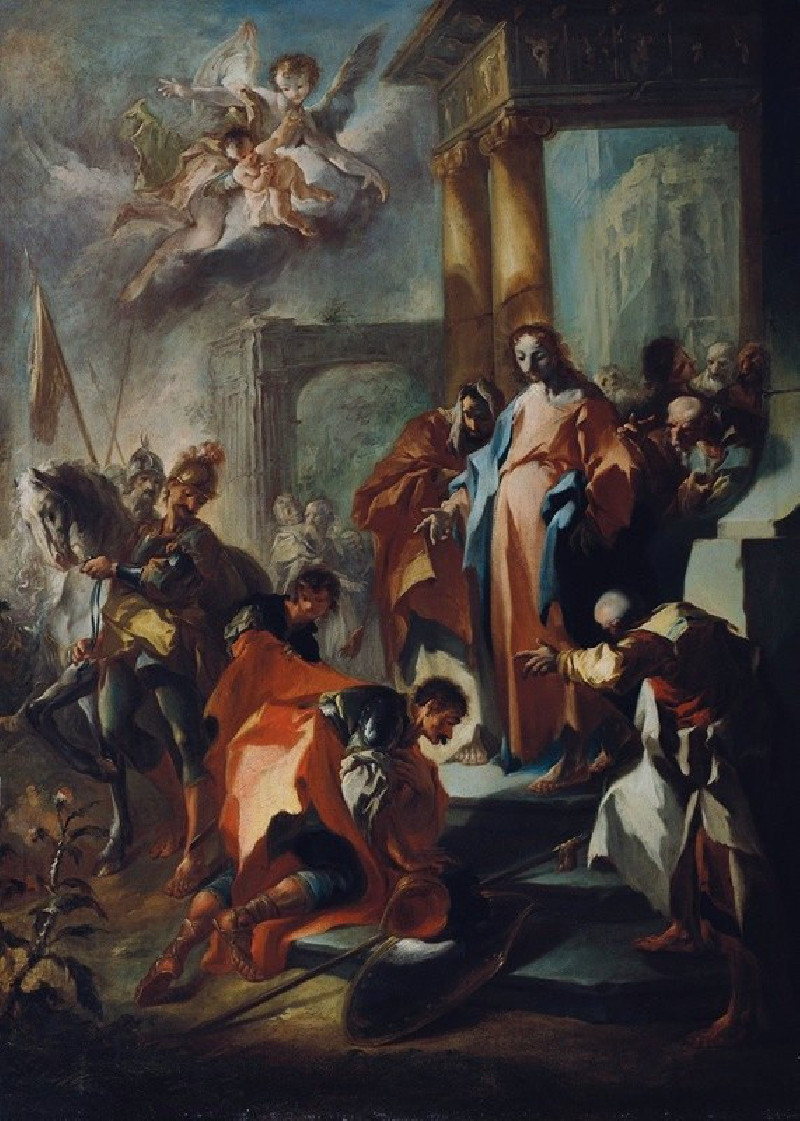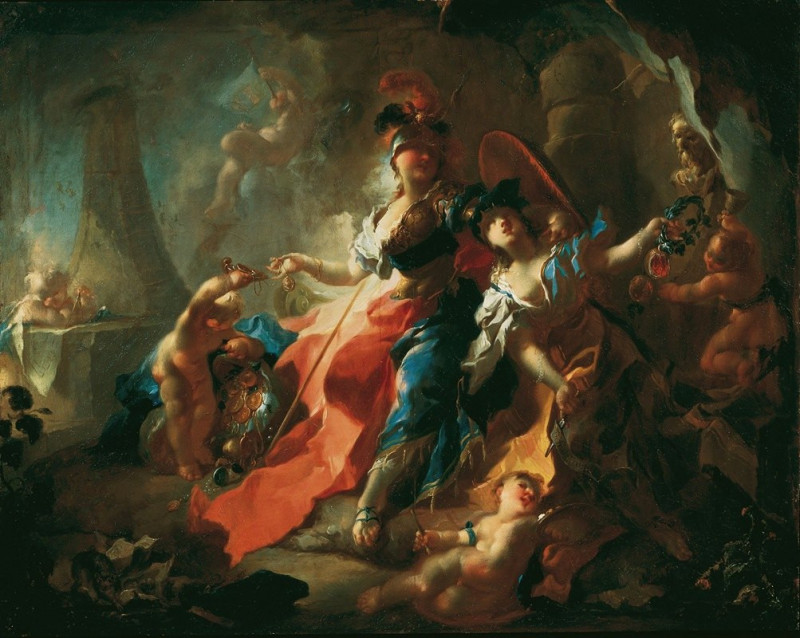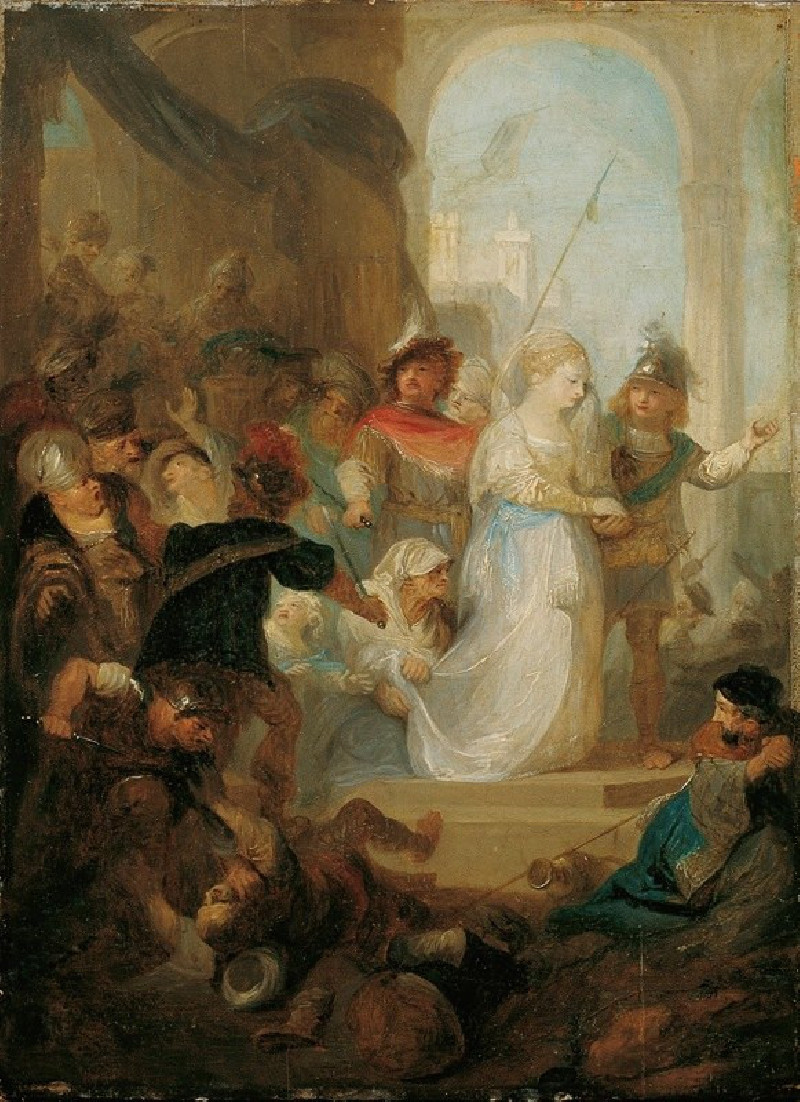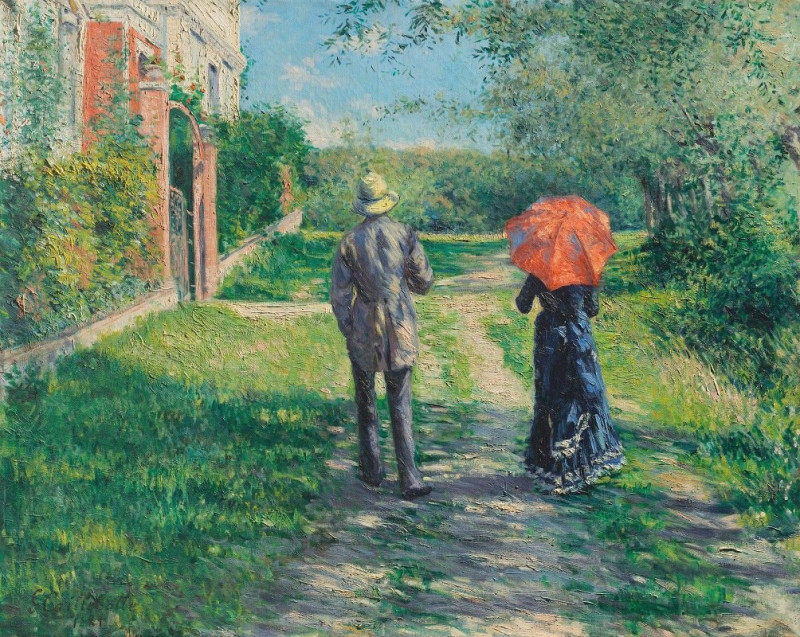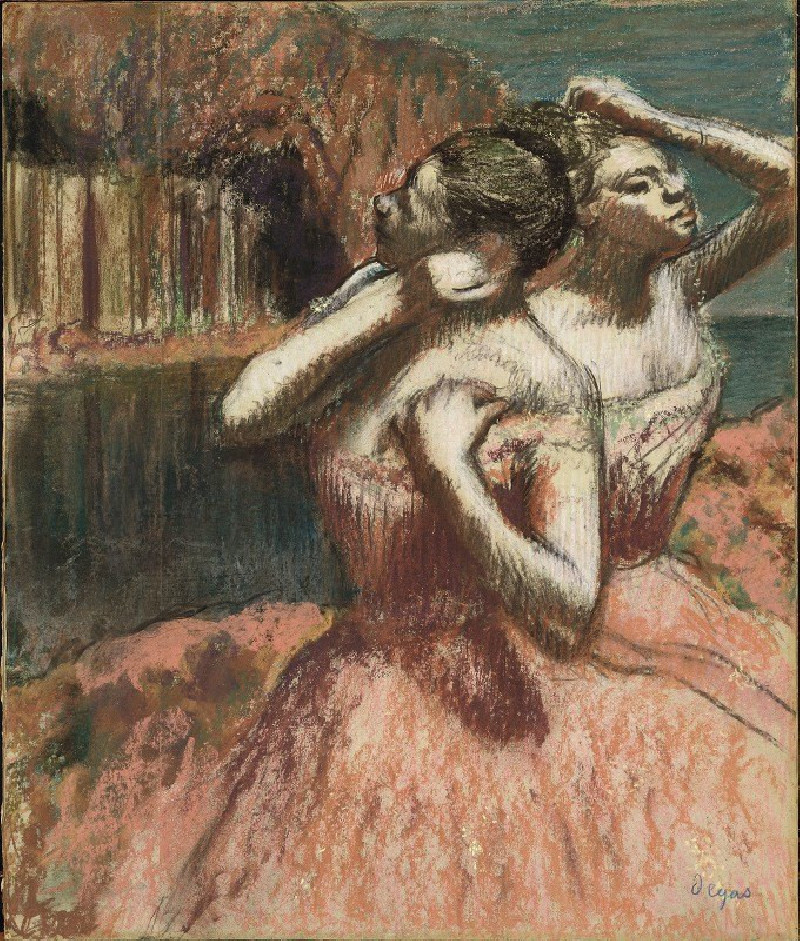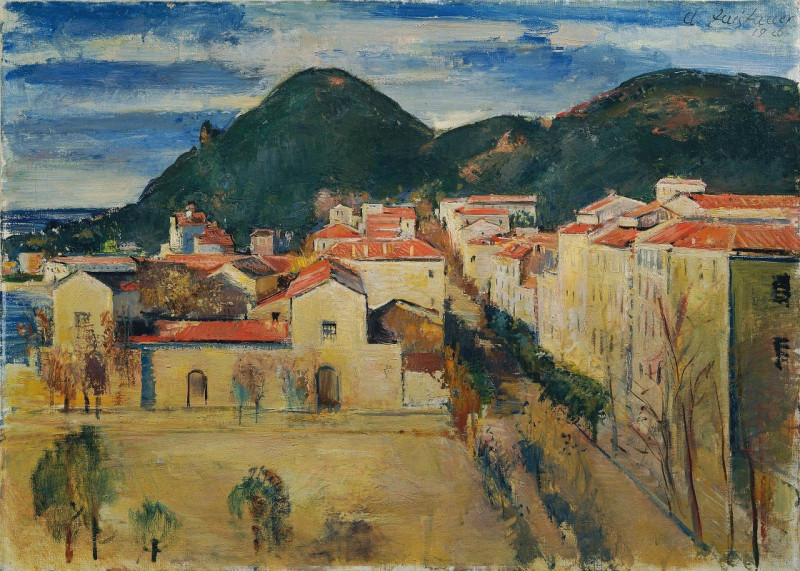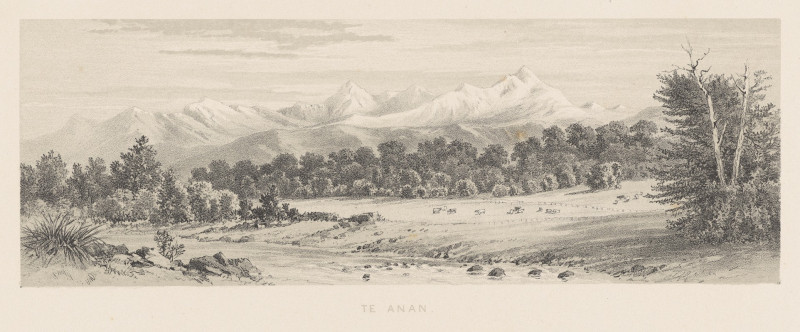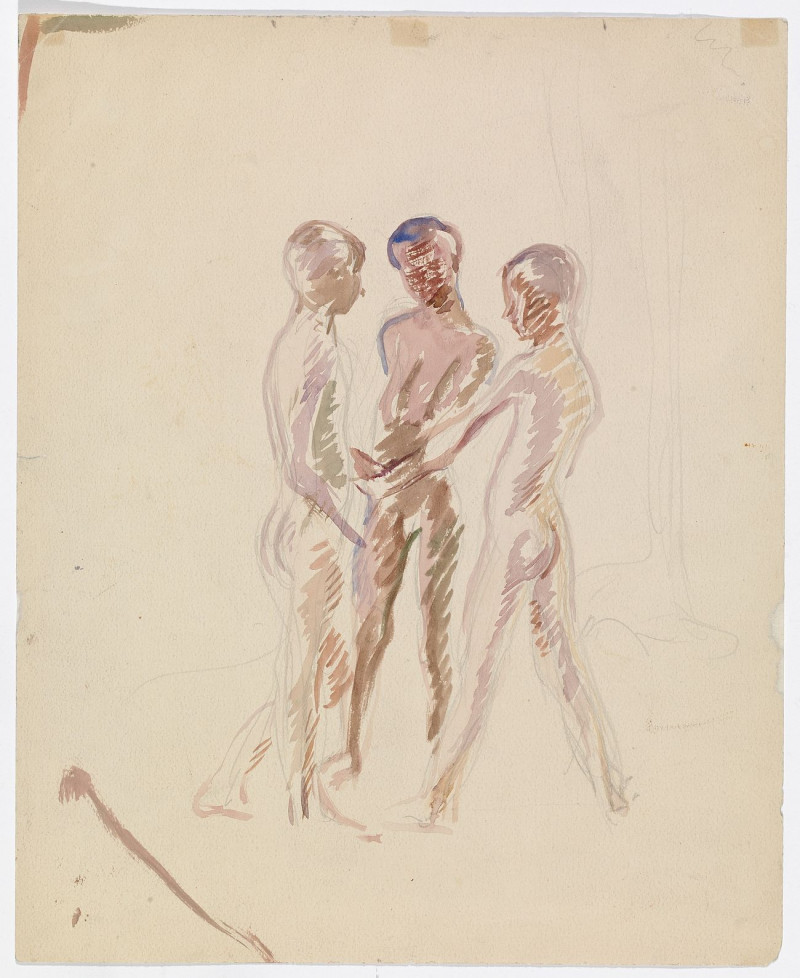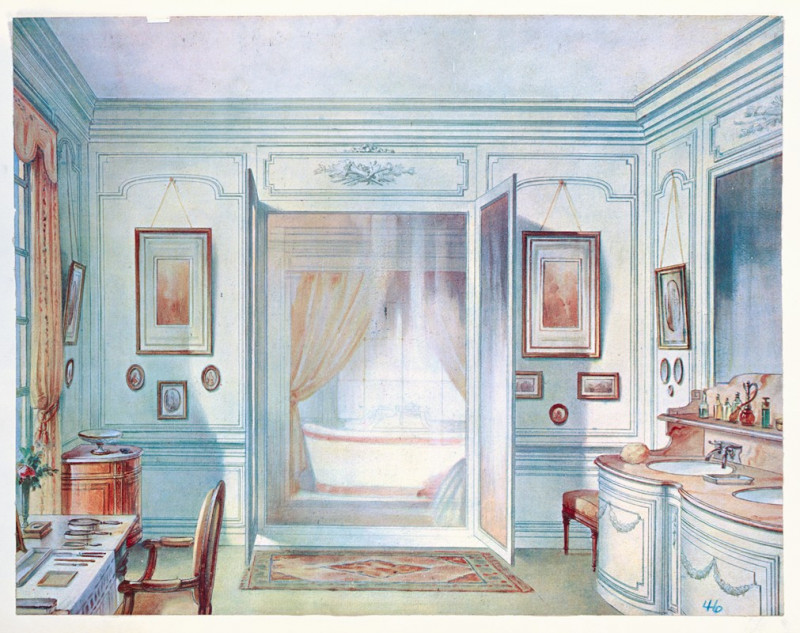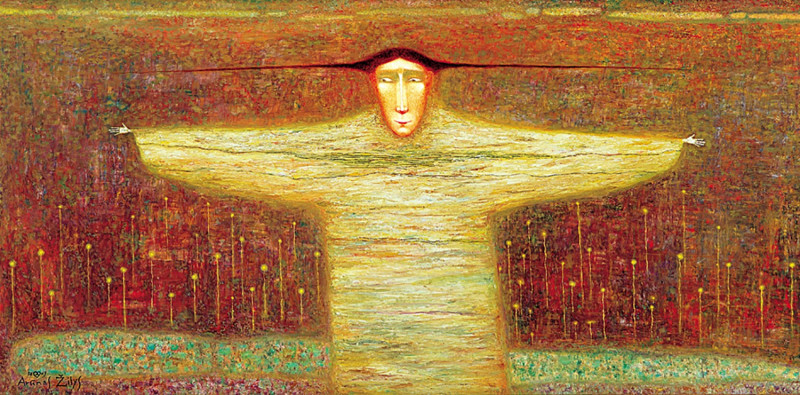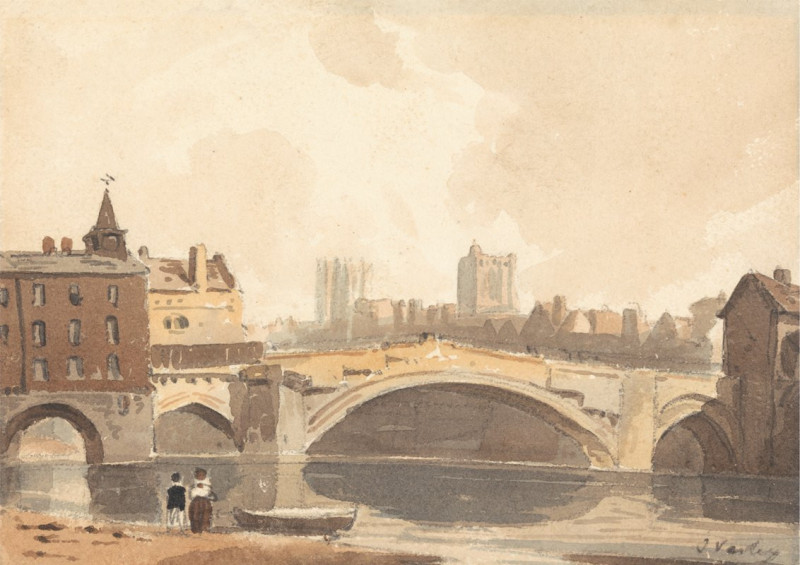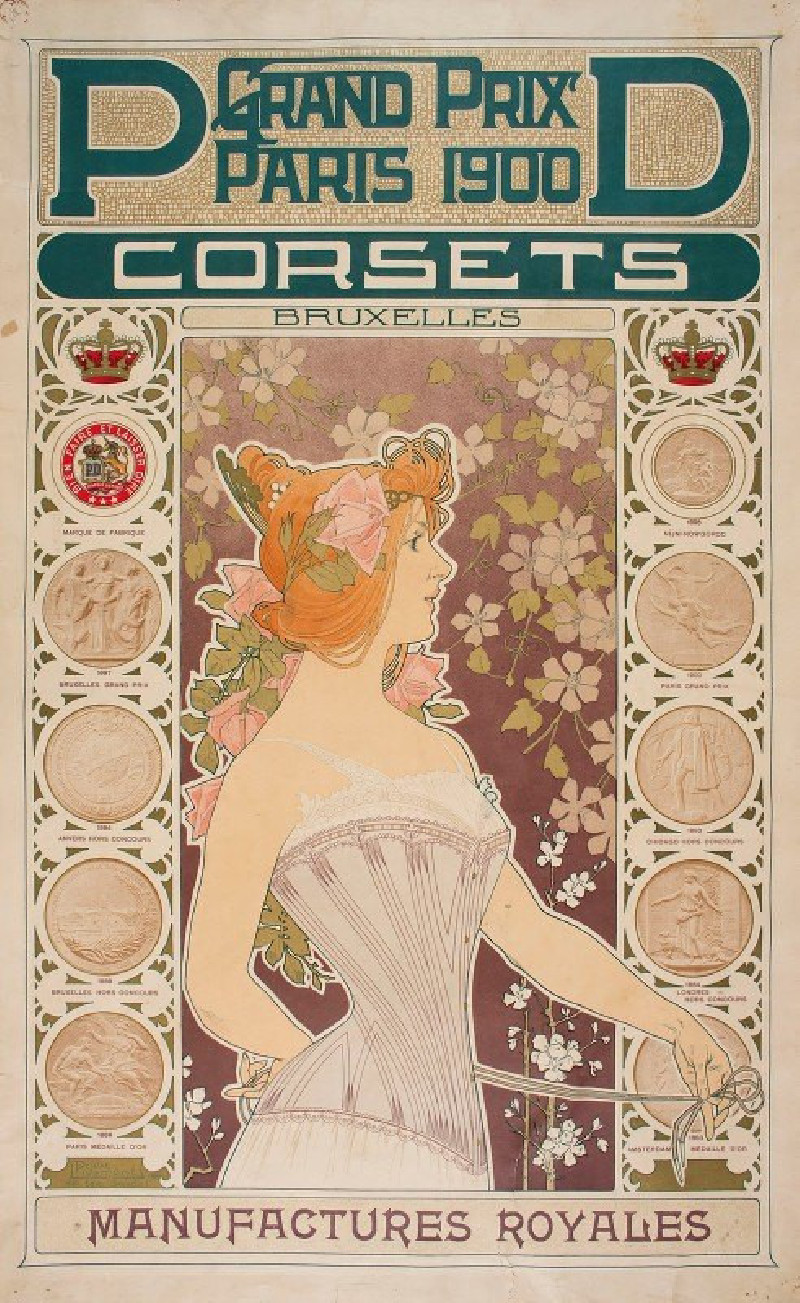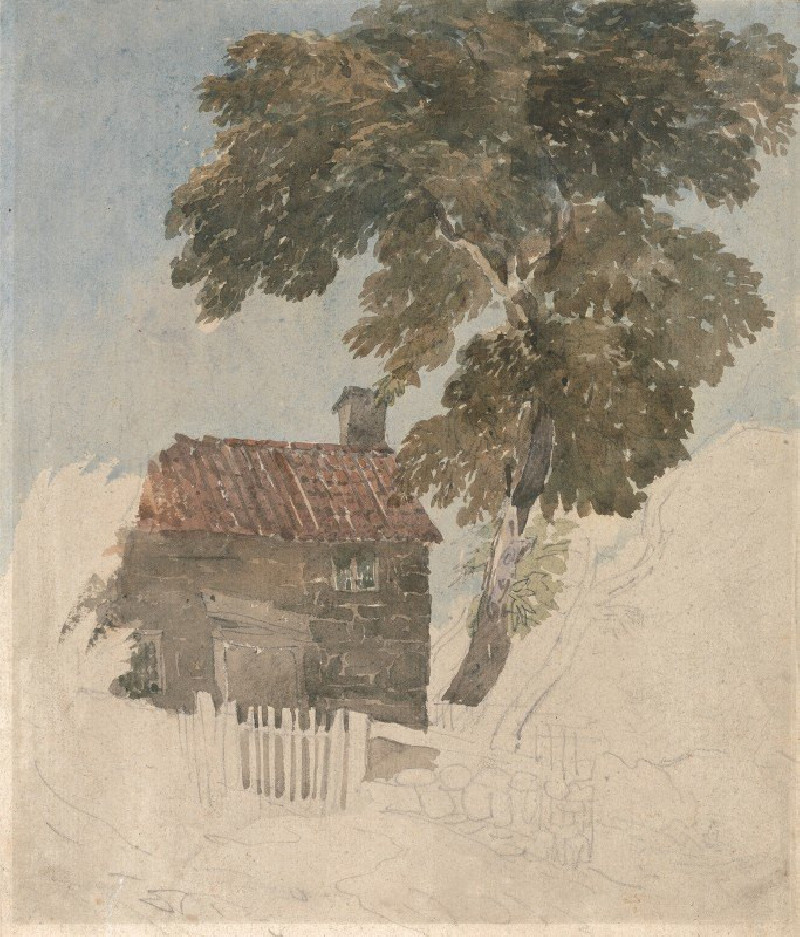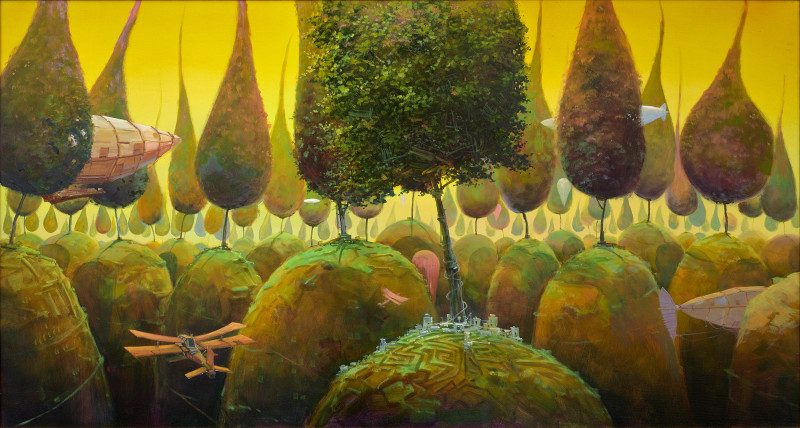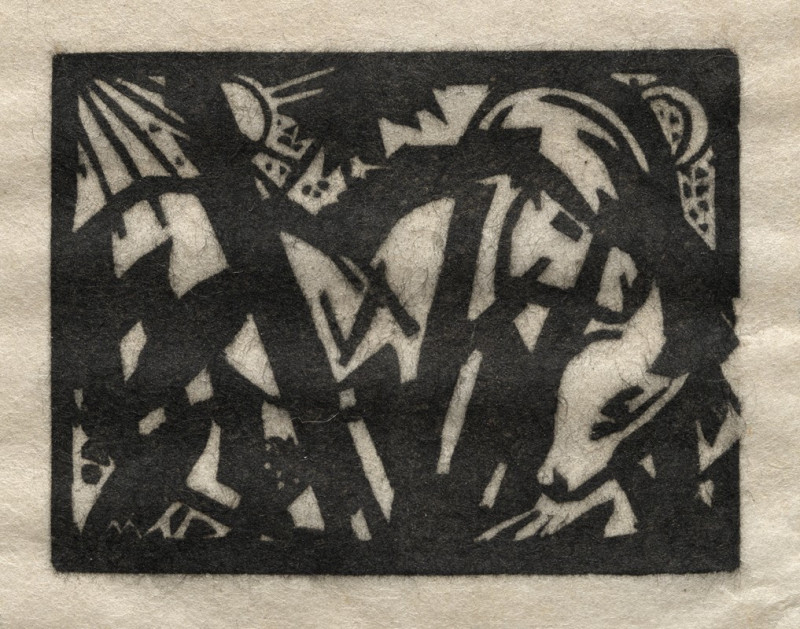Allegorie des Goldenen Zeitalters (1750-1755)
Technique: Giclée quality print
Recommended by our customers
More about this artwork
Welcome to an exploration of Franz Anton Maulbertsch's "Allegorie des Goldenen Zeitalters," a masterpiece painted between 1750 and 1755. This work captures the essence of the Golden Age, a mythical time of peace, prosperity, and harmony, often depicted in literature and art as an era without conflict or suffering.In this vibrant composition, Maulbertsch brings together a plethora of figures, each representing different aspects of this idyllic period. The central group is bathed in a soft, luminous light that seems to emanate from the figures themselves, creating an ethereal atmosphere. Above, playful cherubs frolic in cloudy realms, suggesting a divine approval and presence over this utopian scene.The earthly realm below is a frenzy of activity with figures engaged in various forms of peaceful coexistence and joyful celebration. The use of dynamic poses and the flow of vibrant colors across the canvas help convey a sense of movement and life, giving viewers a feeling of participating in the scene. Key elements such as lush foliage, flowing robes, and bountiful fruits emphasize abundance and fertility—hallmarks of the Golden Age.Maulbertsch's skillful use of chiaroscuro enhances the dramatic effect, while his brushwork provides a texture that is both detailed and impressionistic, allowing the painting to pulse with energy. Each figure, while individualized, contributes to the overall sense of collective happiness and communal bliss.This painting not only offers a visual feast but also invites reflection on the themes of peace and human harmony, ideals as relevant today as they were in Maulbertsch's time.
Delivery
Returns
Franz Anton Maulbertsch (June 7 , 1724 - August 8 , 1796 ) was, alongside Martin Johann Schmidt , the most outstanding painter of the Austrian late Baroque . His expressive art initially broke with tradition, ultimately culminating in classicism and completing Austrian Baroque painting in an idiosyncratic and independent way.

